The warmth of these days makes me think of "cool" subjects, in order to bear the 41 degrees that have been announced. The most appropriate setting for such a day seemed to me to be a floating cottage belonging to a couple of American writers, who decided to live in retirement on the water. How they discovered this pleasure and how their lives unfold is something worth telling.
Margy and Wayne Lutz, Americans from Southern California, once vacationed in British Columbia, Canada. While hiking on Lake Powell they discovered something unique and interesting - floating log cabins. It was love at first sight, and as they had been thinking for some time about where they could retire, they decided that this was the ideal place.
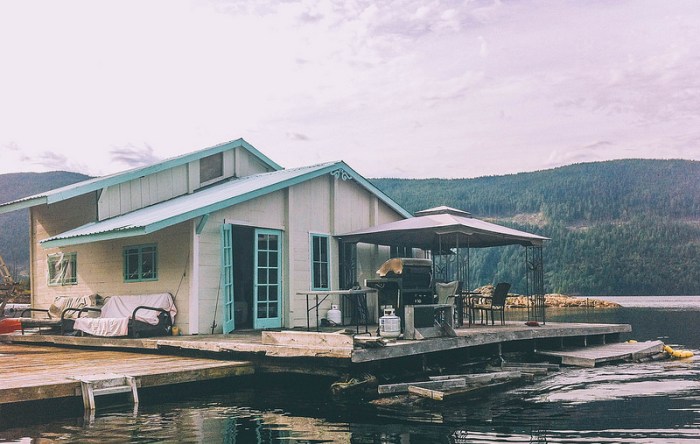
Floating cabins are nothing new to Canada's west coast. In the heyday of logging and fishing, they were used as camps for laborers, easily moved from place to place. The cottages on Pawel Lake were used by workers from the paper mills in the area for fishing and hunting. Now they are used as vacation homes or, as in the case of the Lutz couple, as a place to live peacefully in the middle of nature.
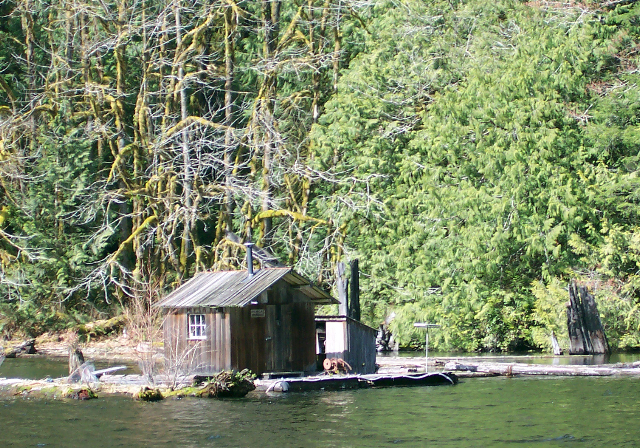
They bought the floating cottage from a local producer who also helped them a lot to adapt to their new way of life. Initially they only used it for vacation, but gradually they fell more and more in love with the place and especially with the idea of having nature on their doorstep, so much so that they moved in altogether, spending most of the year in the lake house.
Before the hut was built, a 14/14 m floating platform was constructed from large cedar logs linked together with strong cables. The platform was connected to the shore by a bridge.
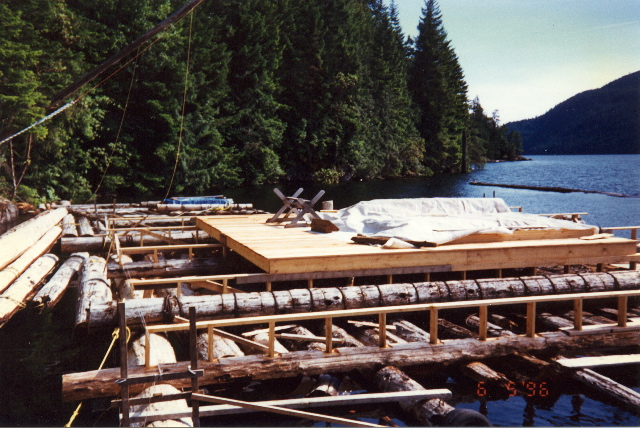
Despite the fact that it can be considered small, 6,5/7 m, the house has absolutely everything necessary for normal living. On the ground floor there are 2 bedrooms, a bathroom and a central space between them used as a kitchen and living room and in the attic is the master bedroom.

The house is powered by solar, wind and thermo-electric energy, with an addition of liquid fuel for the central stove for the cold winter months. Water from the lake is used, which is filtered, and all waste, including bathroom waste, is composted.
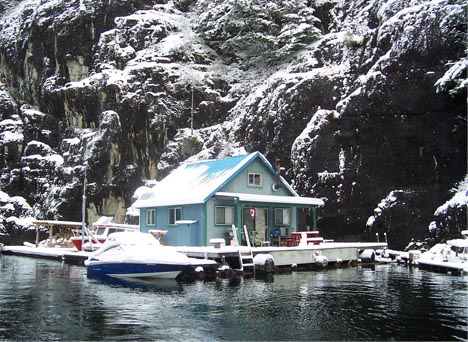
In addition to the floating platforms for the house and deck, another was built for Margy's garden. This is where much of the food used by the two is grown. The garden is located on the pulleys so it can be moved away from the shore so as not to be a temptation for local animals.
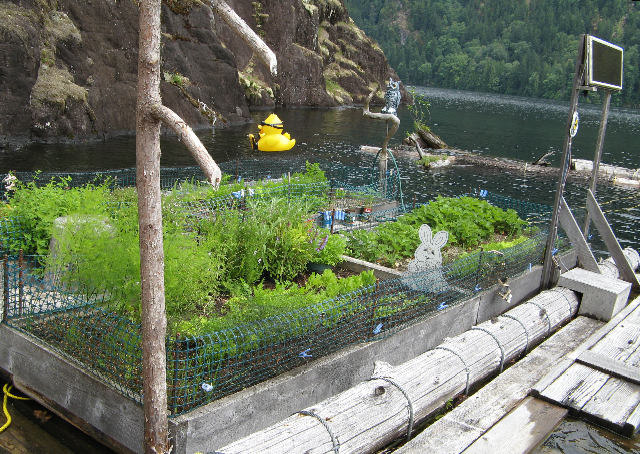
And for Wayne there's a place where he can retreat. Anchored next to the platform is the Gemini, an old motorboat that has been refurbished to serve as his office when he needs even more quiet to write.
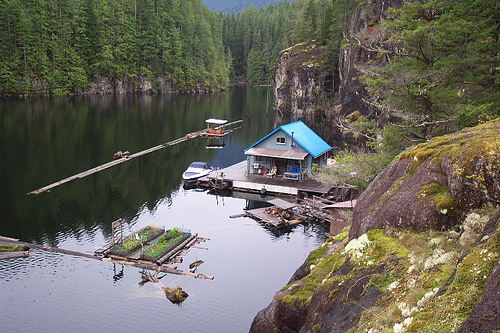
Margy and Wayne aren't the only ones with a floating cabin. There are many others, but the area is untouched, retaining its wildness and purity. If you want to see how well it's possible to live in the same space as a bear, watch the movie below.
(source: tinyhouseblog.com)


























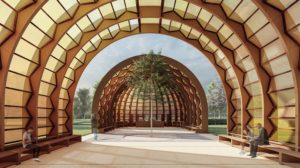









Add comment